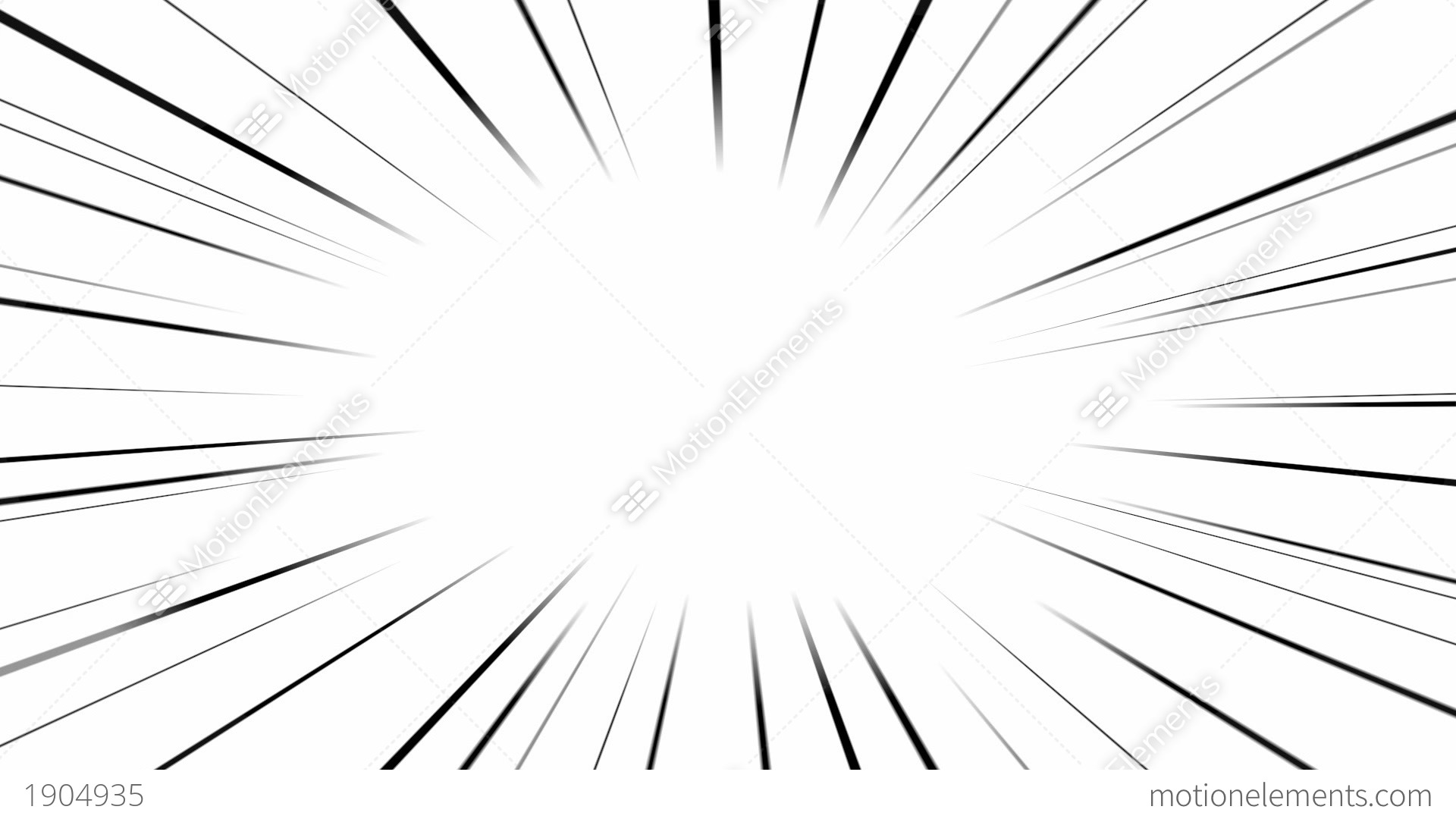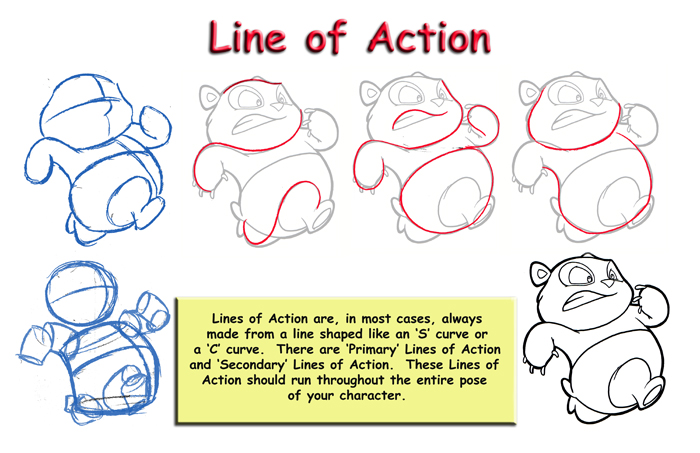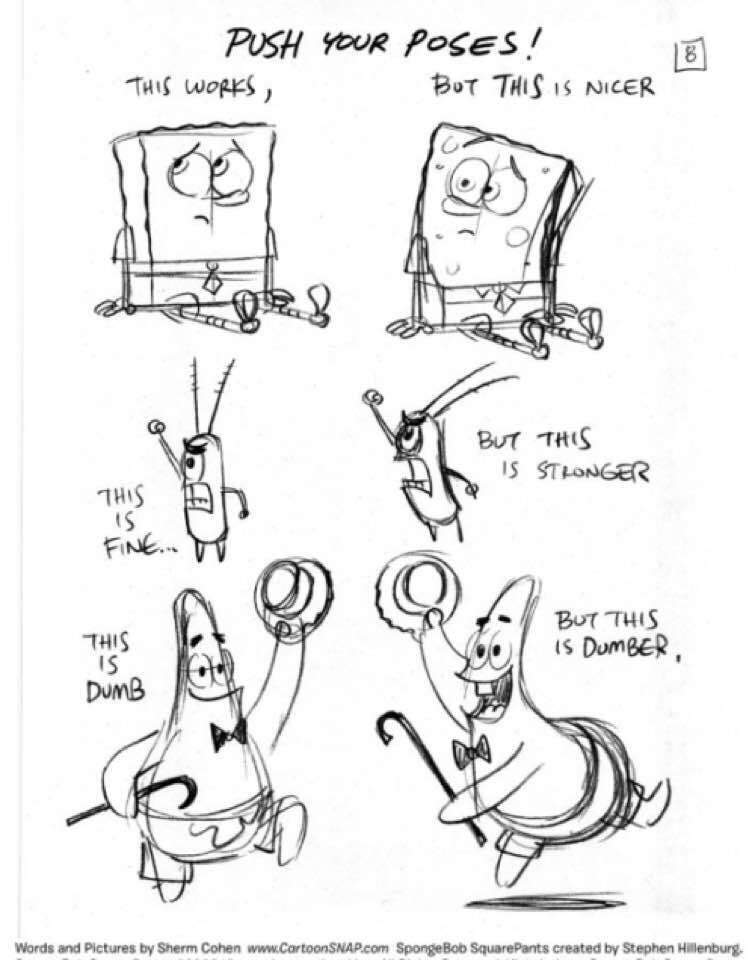

Gesture Drawing Websites: like the ones we just mentioned above, go to one of them, set up the options you want and you’re ready to go. Line of action full#
Pinterest and Stock Photos: the internet is full of material for you! You can go through Pinterest or Stock Photos, type in models or a specific action you want to draw and you’ll have tons of options to go through!. If you want to practice how quick you are and perfect your gesture drawing abilities, this is the exercise for you. This one is really good because you can’t force someone to stop so you can finish drawing their pose. Sit down and watch the people around you. Go out: grab your sketchbook and pen or pencils and go out for a cup of coffee or for a walk in the park. 
Sit down on your sofa, desk or any place you feel more comfortable and scribble away! Fashion magazines or Catalogs from your favorite stores are usually perfect for this! Cut out the ones you like or mark the pages if you don’t want to ruin your magazine. Magazines: grab some magazines you might still have at home and choose some that you find interesting.Pretty easy! There are several ways for you to choose your references: Let’s go for a more practical approach now and go over how you can draw gesture step by step:īelow let’s talk about each step more in-depth. 1972 Nov 5(6):581–589.Alright, you’ve been reading me rambling on and on about Gesture Drawing and all its theory. Effects of patellar ligament length studied with a mathematical model. van Eijden TM, Kouwenhoven E, Weijs WA.A mathematical model of the patellofemoral joint. van Eijden TM, Kouwenhoven E, Verburg J, Weijs WA.The orientation of the distal part of the quadriceps femoris muscle as a function of the knee flexion-extension angle. Knee muscle moment arms from MRI and from tendon travel. Methods, difficulties and inaccuracies in the study of human joint kinematics and pathokinematics by the instant axis concept. Soudan K, Van Audekercke R, Martens M.

Biomechanical analysis of knee flexion and extension. A mathematical model for evaluation of forces in lower extremeties of the musculo-skeletal system. In the case of a muscle whose line of action is changed by the action of an anatomical pulley (for example, the deltoid line of action being changed by the muscle passing over the shoulder), the Line of Action lies in line with the tendon of attachment to the bone that is moving. Strain within the anterior cruciate ligament during hamstring and quadriceps activity.
Renström P, Arms SW, Stanwyck TS, Johnson RJ, Pope MH. Two-dimensional dynamic modelling of human knee joint. The mechanics of extension of the knee-joint. A comparison of knee extensor strength curves obtained theoretically and experimentally. Individual muscle force estimations using a non-linear optimal design. It is the line through the point at which the force is applied in the same direction as the vector F. Henning CE, Lynch MA, Glick KR., Jr An in vivo strain gage study of elongation of the anterior cruciate ligament. In physics, the line of action (also called line of application) of a force F is a geometric representation of how the force is applied. A preliminary report of a simple rig to aid study of the functional anatomy of the cadaver human knee joint. Anatomical, functional and experimental analysis. The cruciate ligaments of the knee joint. 
Pathomechanics as determined by analysis of the instant centers of motion. Biomechanics of internal derangement of the knee. A minimum-fatigue criterion for load sharing between synergistic muscles.
Dul J, Johnson GE, Shiavi R, Townsend MA. A physiologically based criterion of muscle force prediction in locomotion. Ligamentous restraints to anterior-posterior drawer in the human knee. Experimental determination of forces transmitted through the patello-femoral joint. The biomechanics of anterior cruciate ligament rehabilitation and reconstruction. Arms SW, Pope MH, Johnson RJ, Fischer RA, Arvidsson I, Eriksson E. Physiological considerations of muscle force through the elbow joint. In-vitro ligament tension pattern in the flexed knee in passive loading.








 0 kommentar(er)
0 kommentar(er)
